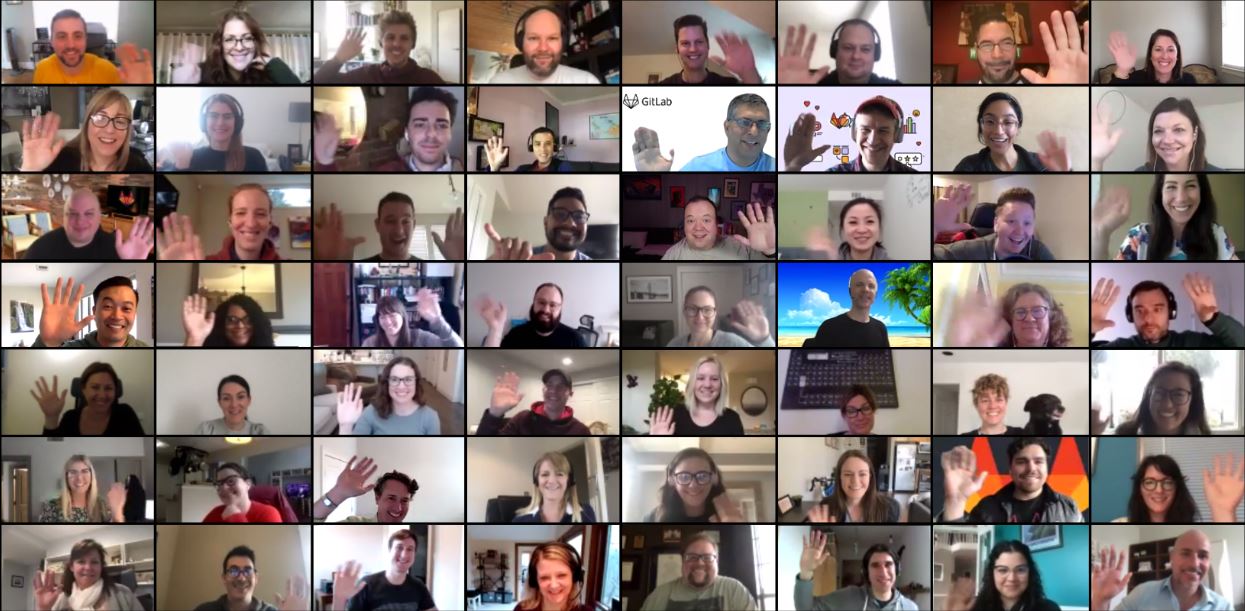
Over the past few months, several major corporations have taken bold stances with their return-to-office policies. Twitter, Facebook, and Slack joined the ranks of companies that are moving employees to predominantly remote work. And outdoor company REI went as far as to sell off its newly created corporate headquarters as it adapts a more robust remote-work strategy. Yet on the other hand, companies like JPMorgan Chase are planning a workplace presence as soon as summer 2021. All of these decisions are going on at a time when survey data suggests nearly 30 percent of employees will choose to quit their jobs if they are not allowed to continue remote work.
Amid all this buzz, a majority of companies are looking at some sort of hybrid model for a return to office work. In fact, Kate Lister, president of Global Workplace Analytics, suggests that the sweet spot is 2.5 days a week working remotely. She shares, “There are four different groups: all in the office, office first, remote first, and fully remote. The percentages are running at about 10–15 percent desiring to be full-time in the office, 15–25 percent desiring to be fully remote, and the remaining 60–75 percent wanting some kind of hybrid.”
And while agreeing to implement a hybrid return-to-office strategy is a great first step, it is just that — a first step. The immediate next steps are perhaps the most complicated and involve legal policies, tax ramifications, and the complicated web of sourcing and paying for home-office setups. Lister shares some of the considerations that go into devising these policies.
Tax and legal ramifications
Two of the most overlooked factors of a hybrid work policy are its tax and legal ramifications. With remote work comes the benefit of being able to relocate. Many employees who were previously confined to small quarters in large metropolitan areas with exorbitant cost-of-living indexes can now stretch out into the surrounding suburbs, where the lower cost of living increases their purchasing power. However, with that freedom comes concerns for legal and tax implications. What if an employee moves to another state, one with different labor laws affecting things like parental level or sick pay? Do the tax codes correspond to the corporate headquarters or to the location of the worker’s primary office (in some cases, their out-of-state home office)? In fact, employees in seven states are currently facing double taxation due to convenience rule policies. Lister adds that these questions are making some companies consider the costs, complexity, and risks of a truly global workforce.
What’s more, because of these questions, companies are asking whether the decision to work remotely should rest with HR, corporate real estate, or even legal. Lister shares, “I am working with a client right now where our entire project is dedicated to helping them figure out the tax and labor issue of a hybrid model. Before the pandemic, [the push for] remote work was coming out of corporate real estate, and it was in an effort to save money. In the last few years, HR has gotten involved as a way to increase the talent pool. Since the pandemic started, it’s neck and neck between which of the two factors are driving the decision, so we are seeing a lot more cross-functional teams working toward a cohesive solution. It’s not just a practical application looking at the past drivers, but from a strategic point of view, companies are looking to consider a holistic HR, IT, risk management, and legal approach as they ask themselves, ‘What needs to change?’”
Sourcing for home offices
Lister shares that 14 states currently require employers to reimburse their employees for their home-office setups. But what that means in practice is very ambiguous: “Does that include funding for technology, lighting and heating, furniture, etc.? The list is not clear.”
What is clear, though, is that figuring out reimbursement and in-office seating will depend on how often employees are in the physical office as opposed to remote. Lister explains, “Where people sit on that continuum is going to define what their home office reimbursement will be and whether they have an assigned seat if companies opt for assigned versus unassigned desks in the physical office.”
She continues, “Additionally, companies are getting smart on how they reimburse for home office equipment. I’m seeing a lot of companies going with a managed stipend program that helps them circumvent tax issues and ensure proper equipment is being purchased. For example, if an employee gets a $1,000 stipend to reimburse them for home office equipment, that’s taxable income and they only take home roughly $700. Plus, there’s no way to track if they used that money to buy an ergonomic desk chair or take a vacation. But if you use a managed stipend process, everyone gets a $1,000 credit to an online retailer, with a list of approved items for purchase. They can use the full $1,000 and then put in their credit card to cover anything extra they want to buy. I’m personally in favor of suppliers that have a background in both residential and commercial pieces. We must remember that while these items are for a home-office setup, they also will reside in someone’s personal space, and therefore the employee is going to want a say in the colors and styles of the pieces they choose.”
Looking to the future, Lister adds that companies need to be sure they are prepared for these considerations before they start asking what employees want. As she puts it, “One of the best ways to make employees feel heard is to poll them on their opinions. But we’re seeing as high as 93 percent of employees saying they don’t want to come back to the office, so companies need to be prepared to manage expectations and properly deliver on them.”
She concludes, “We have the opportunity here to fundamentally change the who, what, when, where, and why of work in a way that’s better for employees and the community. But to do so, we must stop trying to recreate processes in the digital world that were broken in the physical world. Everyone keeps trying to recreate the water cooler conversations, but who said that those were the best ways to foster impromptu conversations? Instead, let’s take the fundamentals of what was good and make it even better for our future, regardless of whether it is done in-person or remotely.”
Amanda Schneider is President of ThinkLab, the research division of SANDOW. At ThinkLab, we combine SANDOW Media’s incredible reach to the architecture and design community through brands like Interior Design Media, Metropolis, Luxe, and Material Bank with proven market research techniques to uncover relevant trends and opportunities for the design industry. Join in to explore what’s next at thinklab.design/join-in.

